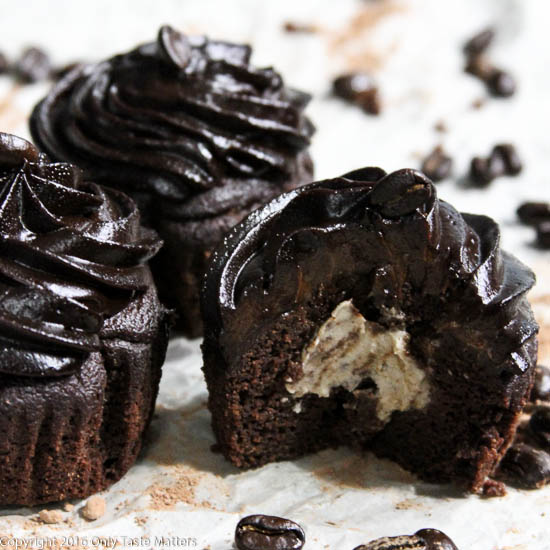Creaming Method
Of the basic ways to make a cake, the most common is the creaming method. You start by creaming the butter and the sugar. The mixing introduces air into the butter while the sugar helps hold that air. This step defines the structure of the cake.
Then you add the flavoring, eggs and alternate the flour with the milk. This method produces a cake with a fine texture because it is focused on volume and aeration.
However, if you are not careful when using wheat flour, the cake can become dry. Once the flour becomes wet, every time you stir, you activate more gluten. If you activate too much gluten the cake becomes tough.
However, over-mixing is not an issue when you use gluten-free flours (at least in terms of gluten). There is no gluten to over-activate! This method works best with flour mix C.
One-Stage Method
Even though you always think of the creaming method as the way to bake a cake, there are many cakes that use the one-stage method. Any cake that uses oil instead of butter or one that uses melted butter, such as carrot cake, is probably a one-stage cake.
I like this method because you do not need a mixer, just a whisk and a bowl. Basically, you mix together all the wet ingredients in one bowl, mix the dry in another and just add the dry to the wet. So easy.
I use this method a lot with gluten-free baking because it is best to use melted butter when using nut flours. I find that if I use the creaming method with flour mixes A and B, the resulting cake is a bit chewy. And I have mentioned repeatedly that I have no time for chewy cake.
Two-Stage Method
The two-stage method is considered by many bakers an innovative way to avoid over-activating the gluten. First, you blend the butter and the flour. This coats the flour proteins so very little gluten is activated when you add the liquid.
The resulting cake is moister but it also denser. I do not recommend this method for gluten-free flours. Since activating gluten is not a concern, there is no need to make the trade off. And who wants a heavier cake for no reason.


6 thoughts on “Basic Cake Baking Methods”